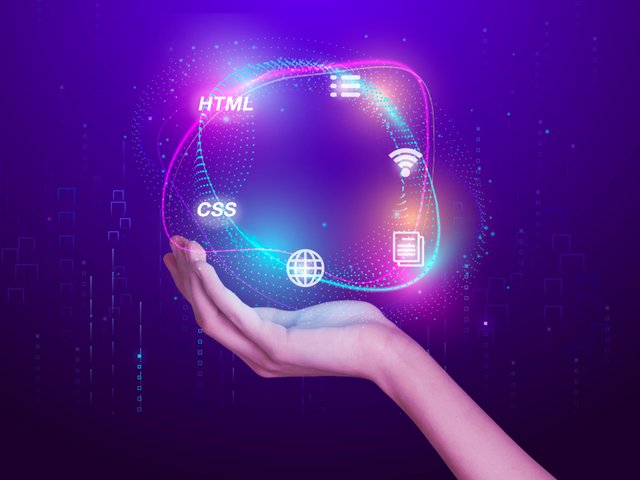
How Web3 is enabling the Internet of Things (IoT)
The Internet of Things (IoT) is a rapidly growing technology that connects various devices to the Internet. With the advent of Web3, this technology is taking a giant leap forward, enabling unprecedented levels of data sharing, automation, and security. In this article, we will discuss the impact of Web3 on IoT and how it is shaping the future of connected devices.
Table of Contents
- Introduction
- What is Web3?
- Understanding IoT
- Web3 and IoT: The Intersection
- Benefits of Web3-enabled IoT
- Challenges of Web3-enabled IoT
- Future of Web3-enabled IoT
- Use Cases of Web3-enabled IoT
- Security Considerations
- Ethical Considerations
- Legal Considerations
- Conclusion
- FAQs
Introduction
The Internet of Things (IoT) has revolutionized the way we interact with the world around us. From smart homes to connected cars, IoT has made our lives easier, more convenient, and more efficient. However, with the exponential growth of IoT devices, we are facing new challenges, such as data privacy, security, and interoperability. Web3 technology promises to solve many of these challenges and take IoT to the next level.
What is Web3?
Web3, also known as the decentralized web, is a set of technologies that enables peer-to-peer communication and collaboration without the need for centralized intermediaries. It is built on blockchain technology, which ensures that data is secure, immutable, and transparent. Web3 has the potential to create a new internet that is more private, secure, and open.
Understanding IoT
The Internet of Things (IoT) refers to the network of physical objects, devices, vehicles, and buildings that are embedded with sensors, software, and network connectivity, enabling them to collect and exchange data. IoT devices range from simple sensors to complex machines, and they can be found in almost every industry, from healthcare to agriculture to manufacturing.
Web3 and IoT: The Intersection
Web3 and IoT are two technologies that are complementary to each other. Web3 provides a decentralized infrastructure that can securely manage data and transactions between IoT devices. This infrastructure ensures that data is transparent, immutable, and tamper-proof, enabling IoT devices to communicate and transact with each other without the need for intermediaries.
Benefits of Web3-enabled IoT
Web3-enabled IoT has several benefits, including:
Interoperability
Web3 enables interoperability between different IoT devices, regardless of the underlying technology. This means that devices can communicate and transact with each other, even if they use different protocols, standards, or platforms.
Security
Web3 provides a secure infrastructure that ensures data privacy, confidentiality, and integrity. This infrastructure is decentralized, which means that data is not stored in a single location, making it less vulnerable to attacks.
Automation
Web3-enabled IoT devices can automate tasks, such as data collection, analysis, and decision-making, without the need for human intervention. This can improve efficiency, reduce costs, and enhance the quality of services.
Transparency
Web3 provides a transparent infrastructure that ensures that data is available to all stakeholders in the network. This can increase trust, accountability, and collaboration among stakeholders.
Challenges of Web3-enabled IoT
Web3-enabled IoT also has several challenges, including:
Scalability
Web3-enabled IoT requires a high level of scalability to support the growing number of devices and transactions in the network. This requires significant computing power, bandwidth, and storage capacity.
Complexity
Web3-enabled IoT is a complex system that requires expertise in several domains, such as blockchain, IoT, and cybersecurity. This can create a skills gap that can hinder the adoption of the technology.
Future of Web3-enabled IoT
Despite the challenges, the future of Web3-enabled IoT is promising. The technology has the potential to revolutionize the way we interact with IoT devices, enabling new use cases and business models. Some of the potential applications of Web3-enabled IoT include:
Supply chain management
Web3-enabled IoT can improve the efficiency and transparency of supply chain management by enabling real-time tracking, monitoring, and automation of goods and services.
Smart cities
Web3-enabled IoT can create smart cities that are more sustainable, efficient, and livable. This can include intelligent transportation systems, smart grids, and connected public services.
Healthcare
Web3-enabled IoT can transform healthcare by enabling remote monitoring, diagnosis, and treatment of patients. This can improve the accessibility, affordability, and quality of healthcare services.
FAQs
Q1: What is Web3?
A1: Web3 is a set of technologies that enables peer-to-peer communication and collaboration without the need for centralized intermediaries. It is built on blockchain technology and other decentralized technologies and is focused on creating a more open, decentralized, and user-centric web.
Q2: What is IoT?
A2: IoT stands for the Internet of Things, which refers to a network of physical devices, vehicles, home appliances, and other objects that are embedded with sensors, software, and connectivity to enable them to collect and exchange data.
Q3: What are some benefits of Web3-enabled IoT?
A3: Some benefits of Web3-enabled IoT include improved efficiency, transparency, security, and privacy. It can also enable new use cases and business models, such as supply chain management, smart cities, and healthcare.
Q4: What are some security considerations for Web3-enabled IoT?
A4: Some security considerations for Web3-enabled IoT include encryption, authentication, and access control. These measures can help ensure data privacy, confidentiality, and integrity.
Q5: What are some ethical considerations for Web3-enabled IoT?
A5: Some ethical considerations for Web3-enabled IoT include privacy, bias, and ownership. These considerations ensure that the technology is used ethically and transparently, without infringing on the rights of individuals or organizations.